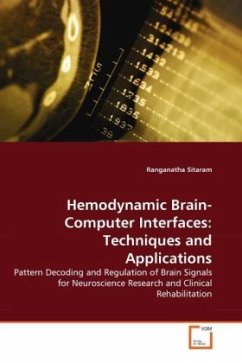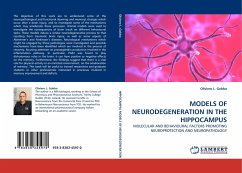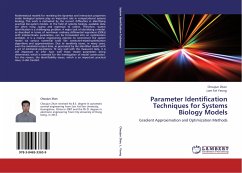Function Magnetic Resonance Imaging (fMRI) provides recording of humain brain activity at high spatial resolution. It measures the changes in blood dynamics related to the neural activity. While most fMRI analysis methods assume a very simple linear relationship between neural activity and this hemodynamic response, it is not clear whether actually more physiologically-based models are needed to extract exact information, or allow complex analysis such as the fusion between fMRI and EEG data. This is the general question asked in this book. On the one hand, a new methodology is set for the analysis of fMRI data and for EEG-fMRI fusion, based on physiological models. On the other hand, this methodology, and more experimental investigations based on Optical Imaging recording of the cerebral blood flow, volume, and oxygenation, are used to determine which models should be used, and whether their linear approximation is acceptable. The critical physiological question treated in this work, but also the rich developments of algorithms, such as fMRI-EEG fusion and red blood cell tracking, make it an important contribution to brain imaging science.
Bitte wählen Sie Ihr Anliegen aus.
Rechnungen
Retourenschein anfordern
Bestellstatus
Storno








